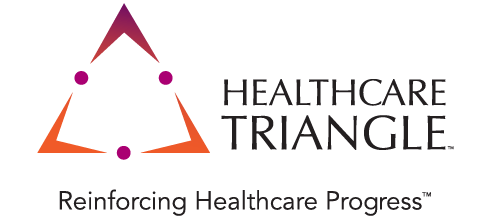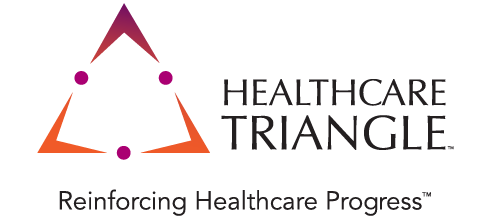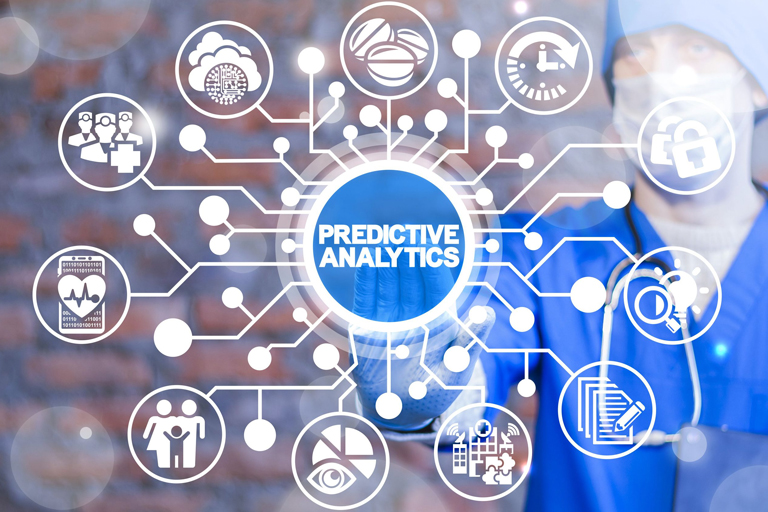Gaining a Competitive Edge with Predictive Analytics in Healthcare: Do More Better
Damian David, Senior Director of Healthcare Sales
Mar 17, 2023
As the healthcare industry continues to evolve, innovative technology is playing an increasingly important role in improving patient outcomes. Healthcare providers and organizations are under increasing pressure to optimize operations and outcomes while navigating the limitations of finite resources.
Predictive analytics is a powerful tool that helps care professionals anticipate future trends, understand risk factors, and identify specific interventions. By harnessing the power of predictive analytics, care teams can optimize patient flow and ensure resources are used effectively throughout every stage of their journey.
Why Healthcare Leaders Should Invest in Predictive Analytics
The need for predictive analytics in healthcare is becoming increasingly clear. As the amount of data available to healthcare providers increases and technology advances, there is an increasing need to use predictive models to gain insights into patients’ health and conditions. Predictive analytics enables healthcare providers to identify patient populations at risk of diseases or health issues, anticipate demand for certain medical treatments and procedures, and even predict outbreaks of infectious diseases.
The global healthcare predictive analytics market is set to surpass US$ 6,326.4 million by 2030, says Coherent Market Insights. Healthcare leaders should invest in predictive analytics to improve the quality of care that is provided to their patients. Predictive analytics can help healthcare providers make informed decisions using large sets of data and information, allowing them to identify potential health risks and provide tailored treatments. As a result, patients will receive the right care at the right time, thus improving patient outcomes and reducing the risk of serious illnesses or death.
Predictive analytics is clearly the future of healthcare, as it provides healthcare providers with a comprehensive and up-to-date picture of a patient’s health risks and treatments. It provides healthcare professionals with more accurate predictions about a patient’s health risks and treatment options, allowing them to take proactive steps to prevent or mitigate health issues before they become serious. As the use of predictive analytics continues to evolve, it will become an invaluable tool in providing personalized healthcare that is both cost-effective and efficient.
How Predictive Analytics Can Help Reduce Cost and Improve Quality of Care
- Monitoring patient health: Predictive analytics can help healthcare providers detect potential problems before they become serious by tracking and analyzing data from patient records, such as vital signs, medication usage and lab results. By using predictive analytics to identify patterns of illness or disease, medical professionals can take early action to prevent the onset of major illnesses or chronic conditions. Think of it as being able to add an additional resource to your care teams, whose sole job is to bring potential higher acuity cases to your attention where you may be missing the diligence that never gets tired or errs from the playbook.
- Improving drug development and delivery: Predictive analytics can be used to aid in the development of new drugs, by analyzing a wide range of data from clinical trials and other sources to determine which medicines are most likely to be effective and safe for patient populations.
- Diagnosing diseases: Predictive analytics can be used to identify signs and symptoms of illnesses or diseases to develop earlier diagnoses and reduce misdiagnoses. By analyzing patient data from various sources, healthcare providers can create predictive models that can accurately spot potential diseases. Genomics alone introduces enough data points to make analysis nearly impossible to accomplish without the assistance of computer power.
- Predicting disease outbreaks: Predictive analytics can be used to forecast the spread of infectious diseases by analyzing data on patient populations and environmental factors, such as climate and population density. This allows healthcare providers to take proactive steps to contain an outbreak before it becomes a public health emergency. The reality is that it’s not going to always be possible to avoid a public health emergency, so predictive analytics becomes the difference in being able to minimize the effects of disease that comes on too quick to get ahead of, it allows us to catch up quicker and to learn as we go to ensure every effort is leading to the best possible outcome.
- Optimizing hospital operations: Predictive analytics can be used to improve the efficiency of hospitals and other healthcare facilities by predicting future demand for particular treatments, or services, allowing them to adjust their resources accordingly. This can help reduce overcrowding in emergency departments, improve patient flow throughout the hospital, and better allocate staff and supplies. In this current time of lack of available resources, getting the most lead time to seek and find necessary talent is key.
- Improving patient engagement: Predictive analytics can be used to identify the most effective ways of engaging with patients, such as through text messages, emails, or phone calls. By exploring data from various sources, healthcare providers can determine which strategies are most likely to encourage patients to follow their treatment plans and adhere to their medication schedules. The best patient engagement practices are those that meet the patient and their families where they want to be, offering them care where they want to receive it. The organizations that can find the agility to do this effectively will be the trusted partners of choice for their communities’ healthcare needs.
As the healthcare system continues to digitize and generate more data, predictive analytics is becoming an increasingly important tool for making better decisions about patient care. This is not necessarily a “talent” thing, you aren’t necessarily going to replace jobs or people, it’s more of a bandwidth thing, there is just simply more to be done, more data to consume and scrutinize.
By understanding how to collect, analyze, and interpret data, we can begin to make predictions about future trends in healthcare. This is just the beginning of what predictive analytics can do for healthcare.


